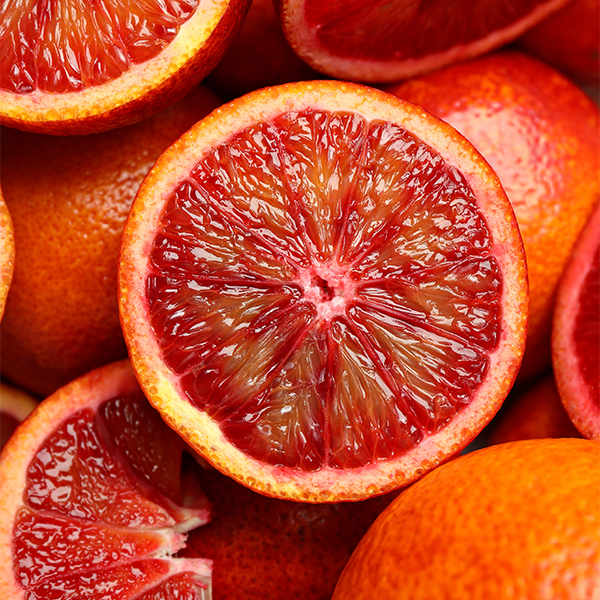
morosil™ moro red sweet orange extract
How it works
Through its ability to help regulate metabolism, Morosil Moro Red Sweet Orange Extract helps prevent the accumulation of body fat and maintain a healthy body mass index (BMI). [1]
Natural compounds called anthocyanins, a type of polyphenol found in certain plant foods, have been found to prevent lipid (fat) accumulation in the fat cells. Research has found that anthocyanins from specific fruits, such as Moro blood orange (Citrus sinensis), can alter the proteins responsible for regulating genes involved in creating new fat cells. [1]
The evidence
A 2022 double-blind, randomised, placebo-controlled study involving overweight adults aged 20-65 years looked at whether Morosil Moro blood orange standardised extract would be helpful for weight loss. Body mass, fat mass, waist circumference and fat distribution (under the skin versus around the organs) were all assessed. The supplement group all improved these measurements, including a significant reduction in BMI at the end of the 6-month study. [1]
A 2021 study on the influence of Morosil Moro blood orange standardised extract on fat cells found that Morosil produced an antioxidant effect while reducing fatty tissue production from fat cells. This study showed that Morosil may help prevent fat accumulation and maintain a healthy BMI. [2]
References:
[1] Briskey, D., Malfa, G.A. & Rao, A. (2022). Effectiveness of “Moro” Blood Orange Citrus sinensis (Rutaceae) standardized extract on weight loss in overweight but otherwise healthy men and women–A randomized, double-blind, placebo-controlled study. Nutrients, 14(3): 427. https://www.ncbi.nlm.nih.gov/pmc/articles/PMC8838101/
[2] Tomasello, B., Malfa, G.A., La Mantia, A., Miceli, N., Sferrazzo, G. (2021). Anti-adipogenic and anti-oxidant effects of a standardised extract of Moro blood oranges (Citrus sinensis (L.) Osbeck) during adipocyte differentiation of 3T3-L1 preadipocytes. Natural Product Research, 35(16). https://www.tandfonline.com/doi/abs/10.1080/14786419.2019.1660337

